I’m torn. On one hand, I’m desperate to shimmy up the narrow spiral staircase to explore the curious wee tower room at the top.
On the other hand, I’m terrified of what I might find.
I’ve just brushed past some of the thickest cobwebs I’ve ever encountered, and judging by the size of the spider corpses cocooned inside them, I really don’t want to encounter the alive-and-kicking versions.
I’ve been invited inside the Dutch Village, a bizarre island with ornate buildings in the middle of a boating lake in Craigtoun Country Park that’s been closed to the public for two decades.
I’m filled with anticipation as campaigners, hoping to revive the once-thriving St Andrews attraction to its former glory, unlock the doors to various padlocked rooms, including the boat house, summer house, ice cream booth, cafe and kitchen.
There’s space to flee from scuttling arachnids in most of these, but the tiny turreted tower room could prove problematic for those with a fear of the beasts.
Craigtoun Park attraction built by acclaimed architect
The miniature Dutch Village was built in the 1920s by acclaimed architect Paul W Whitehouse, and was a huge draw for many decades, with families enjoying ice cream, afternoon tea dances and boating on the pond.
The unique design comprised a gatehouse, summerhouse and loggia, boathouse and pavilion – and the white harling and red pantiles led to it being named the Dutch Village.
But according to the community group that manages Craigtoun Park and its various attractions, including the village, things have slowly deteriorated over the last 20 to 30 years.
These decades of neglect have done the village no favours.
And in fact, Doug Stephen, chair of the Friends of Craigtoun Park, claims that without significant investment the village will fall further into disrepair and may be unrecoverable.
And that’s despite the council pledging £250,000 for urgent repairs in February.
Doug, and funding manager Henry Paul, claim this money is a drop in the ocean, but a very welcome start.
Dreams of re-opening St Andrews site
Their hope is that a patron might come forward to inject cash into the project to upgrade the village, and allow their dreams of once again opening it to the public to come to fruition.
Plans show the first phase of work to regenerate it would provide accessibility for all, with an extended cafe and amphitheatre and possibly even turning it into a wedding venue.
It had to be closed around 2004 – pantiles were falling off and it was dangerous. So it’s been shut for 20 years.”
– Friends of Craigtoun’s funding director Henry Paul
The village is on Historic Environment Scotland’s Buildings At Risk Register, and, prior to the February funding announcement, there were concerns it wouldn’t survive the winter.
While the Friends group runs the park on a 25-year lease, the Dutch Village remains the local authority’s responsibility.
“It used to be the centrepiece of the park,” laments Henry.
“The lake was a huge draw for generations of visitors and the white-washed island village with its distinctive conical tiled roofs and mish-mash of continental-style architecture is still a focal point.
“It had a small cafe, a dancefloor, and an ice cream parlour which you could row up to from the outside.
“Unfortunately, it started to deteriorate and from about 2000 onwards Fife Council stopped maintaining it.
“It had to be closed around 2004 – pantiles were falling off and it was dangerous. So it’s been shut for 20 years.
“They did one bit of maintenance in 2016 when they refurbished the boat shed.
“But since then they’ve never cleaned the gutters so they’re full of leaves and debris. Water pours into the building as a result.
“There’s also moss growing on all the stonework, and the walls are never washed or touched up.”
Fife group campaigning since 2012
The Friends have been campaigning to save the treasured St Andrews landmark from ruin and restore it to its former glory since they took over the management of the park in 2012.
They have already made great strides in reinvigorating the previously ailing park, which was at risk of closing in 2012.
“If the council keeps on ignoring the deteriorating village, it’ll just be a romantic ruin,” scowls Henry, as he unlocks the main doors to the gate house.
The central area – which used to house a marble dancefloor – is covered in weeds and rubble.
The perimeter wall, meanwhile, has a giant crack in it, thanks to a tree growing from it.
And yet, despite this neglect, the magic of the place has not been lost.
It’s a bizarre spot that brings a smile – and the hope that life could be injected into it once again.
It’s not hard to imagine families enjoying ice cream and lazy lunches, couples dancing, and kids playing around in pedalos.
It seems a crying shame that this no longer happens.
Gardeners withdrawn from Craigtoun Park
“Four years ago the council withdrew the permanent gardeners from Craigtoun Park and instead the gardening is done by a squad,” Henry tells me.
“We get a lot of saplings growing in the (island) wall, and one was allowed to grow to 30ft, causing a huge, four-inch crack on the perimeter wall. The whole corner has gone.
“The lake will need to be drained and the whole wall taken down and rebuilt, once the roots have been taken out.
“When there were full-time gardeners, they’d go round on a regular basis and pull the saplings out, so they’d never establish.”
The group conducted a feasibility study in 2021 and commissioned an architect to come up with a plan to develop the site.
“We want to raise the entrance so anyone with mobility issues can get in, so this would be a raised floor with one sunken area,” explains Henry.
“The oddity of this, which is fantastic, is when you’re sitting here, the boats on the lake are above you.
“The water is three to four feet above the ground level of the Dutch Village. But it’s fantastically waterproof.”
Hotchpotch of styles
What of the continental influence in the design, I wonder?
“It is a hotchpotch of styles,” nods Henry.
“It’s not meant to be any one thing so you’ve got stepped gables, and it looks a bit Dutch because of the pantiles.
“But there’s German and Italian influence here too.”
Henry and Doug taken me on a tour, starting with the veranda. “This is a loggia, or a veranda to you and me, from the Italian influence,” explains Henry.
“It was somewhere to sit and have afternoon tea.
“It has a canopy, so if it rained it didn’t matter. The little room on the side is a kitchen, and next to it used to be a cafe.
“You could go up those steps to a window to get ice cream to take away, or you could sit in the loggia and get table service.
“In the round tower at the top is a room, a very nice room, but with no windows.
“It’s a calm room, maybe a yoga room, a wellness room, or somewhere to sit reading or contemplating.
“We don’t know what it is really but it’s in good condition. That’s the Italian influence.”
It’s this room that I’m somewhat reluctant and yet desperate to get into.
Putting aside my fear of spiders – there are some mighty big ones lurking on the stairs – I make it up to the top. And boy am I glad I’ve made the effort.
It’s a cool wee room, with the strangest of acoustics. I hear myself echo as I speak.
I wonder if someone kept a wee piano up here in days gone by?
Keep out, pigeons
The windows have nets across them to stop pigeons flying in, although some have been breached, as evidenced by excessive amounts of bird droppings.
But the room, albeit very dusty and cobwebby, is in great nick.
We also explore the former ice cream parlour, which boasts an old Walls ice cream cart.
Moving into the kitchen, I spot dozens of enormous spider corpses in the sink.
We peek into the boat house, which has room for two rowing boats, and could do with a good scrub.
Henry explains the lakes in the park were installed for insurance purposes.
“When the big house caught fire previously there was no mains water, so they built this ornamental lake close by – so they could run pump water from it in the event or fire,” he says.
“That’s one theory – but it might be utter rubbish!”
‘This could be a major attraction’
Both Henry and Doug are appalled at the deteriorating state of the village, which is a listed building under the ownership of Fife Council.
“We’ve always believed they have a legal responsibility to make sure it doesn’t fall down,” says Doug.
“But they have been completely ignoring any responsibilities.
“In the past, when the council did maintain it, they often didn’t use historic materials. And some of the work they did created actually issues.
“But the potential here is huge. This could be a major attraction. It could be phenomenal.”
A survey the group paid for four years ago estimated that it would cost between £800,000 to £1 million to maintain and fix all the issues – and a further £3 to £6m to bring the village back to life and secure its future.
But where might that money come from?
“Really, the best hope we’ve got is either Lottery funding or Levelling Up,” says Henry.
“However, both of these need Fife Council to put something in to start. What we really want is a patron, somebody who loves the village, to help us.
“The good news is that the council has recently shown a willingness to work in partnership with us to examine possible ways forward for funding.”
Since the Friends took over the running of the park in 2012, footfall has risen, says Doug.
“It’s an extremely successful park but it’s been so heavily underinvested that every time we try to touch anything, we need more money to fix it,” says Doug.
When The Courier contacted Fife Council for a response, head of property services Alan Paul said: “The council is assessing the condition of the Dutch Village, working in partnership with the Friends of Craigtoun to help with its restoration as a centrepiece of the popular park.
“We anticipate starting the next phase of remedial work to the Dutch Village in the autumn. ”
Craigtoun Park created as formal landscaped garden
Originally created as a formal landscaped garden on Mount Melville Estate in the 1860s, the 47-acre Craigtoun Country Park, first owned by the Younger family, was bought by Fife Council in 1947 for £25,000.
It welcomed its first visitors in 1948 and was at its peak in the mid-1960s as a tourist attraction.
In 1988, Craigtoun even staged its own music festival, Fife Aid, which was hosted by David Bellamy and featured, among others, Van Morrison.
But the Fife park had become a shadow of itself by the late 2000s after years of neglect and declining visitor numbers.
Today, it welcomes around 250,000 annually, attracted by the Rio Grande miniature railway, Puffin’ Billy tractor ride, boating, putting, crazy golf, bouncy castles and go-karts.
Do you have cine film of Craigtoun Park?
While there are many old photos of families enjoying the Dutch village, the Friends are on the hunt for cine film from visitors.
They plan to make a 3D virtual tour which generations will be able to “walk through” for years to come.
As I leave the village, I find a stray spider web on my shoulder and shudder. It would be nice to return to find it cobweb-free and full of life, with people enjoying the enchanting space as they would have done all those decades ago.
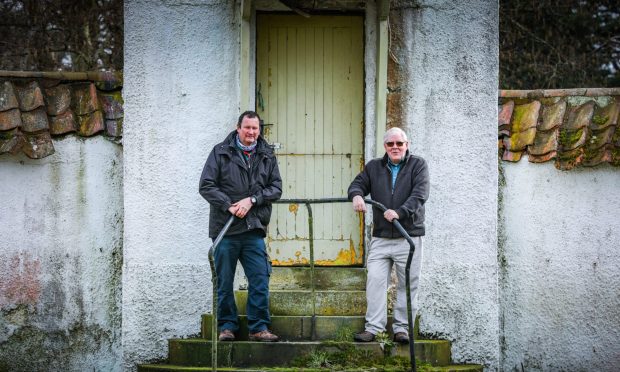
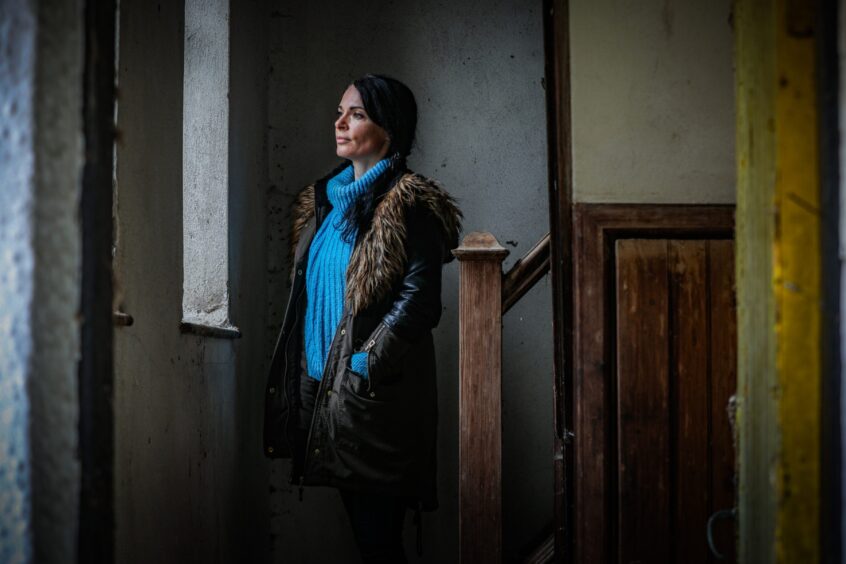
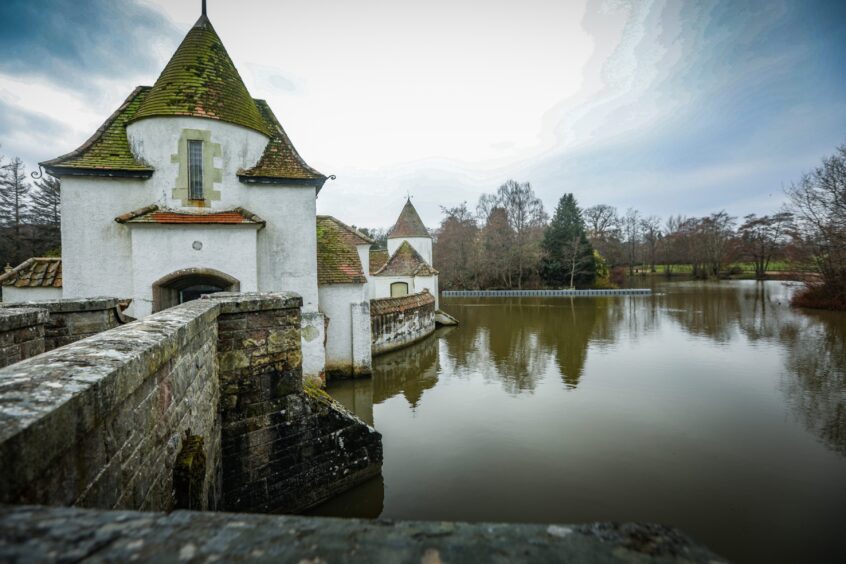
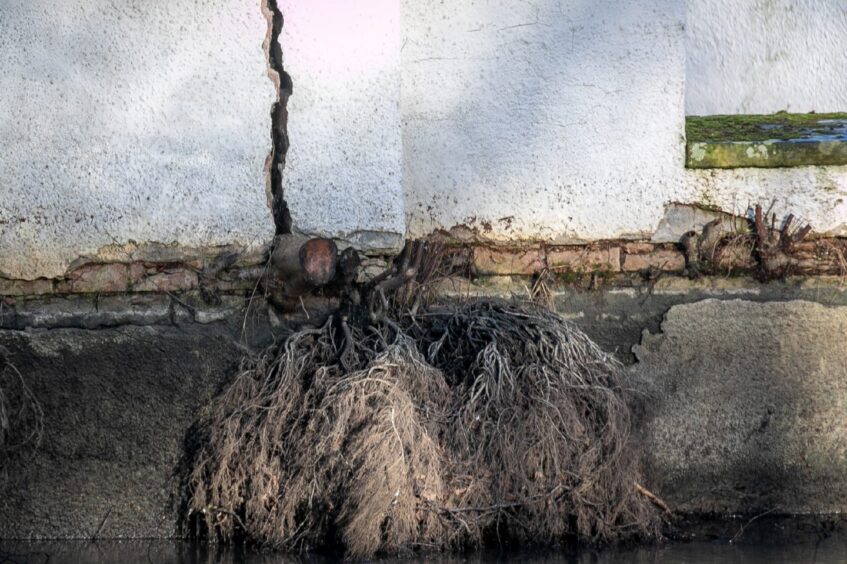
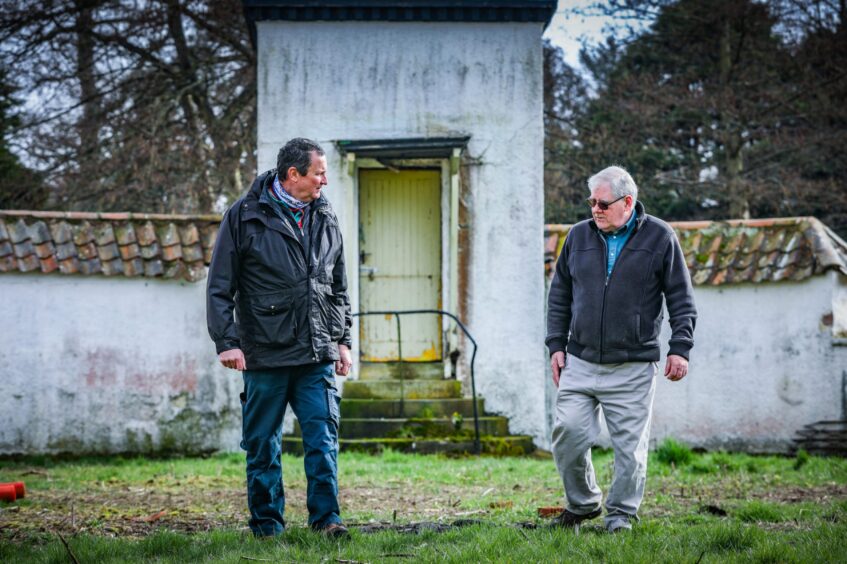
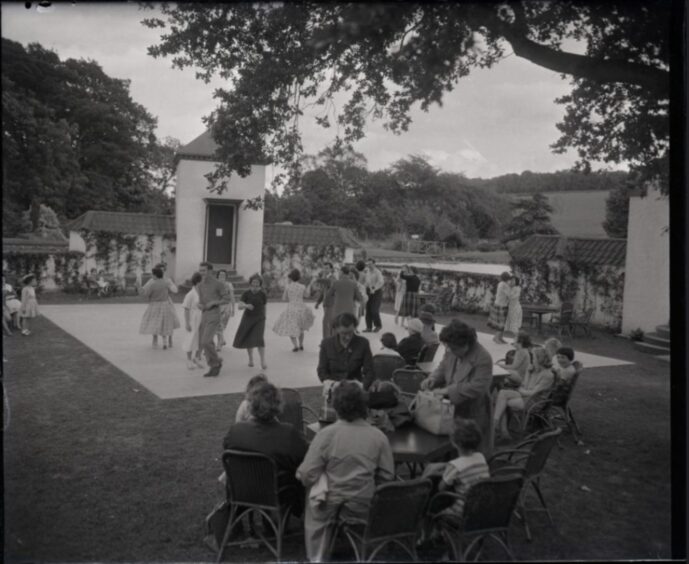
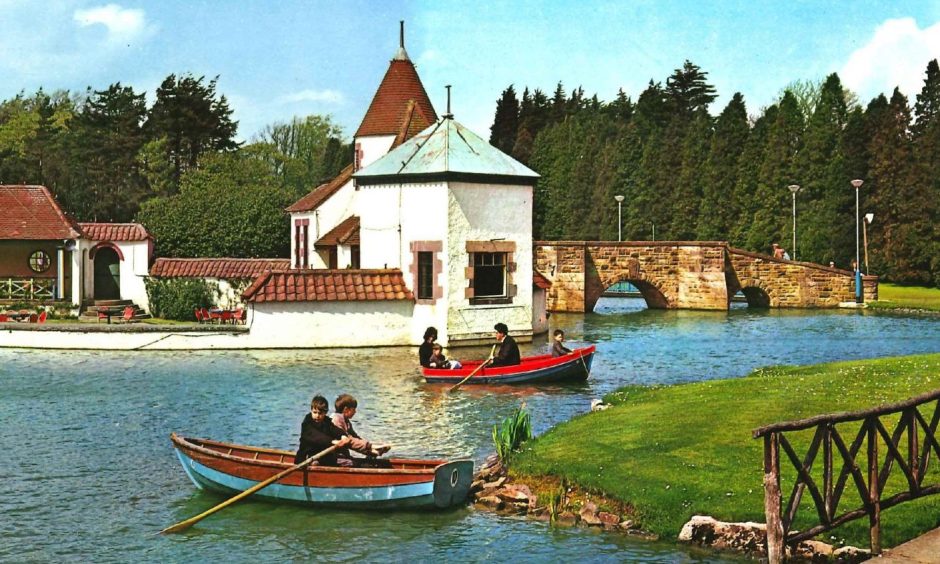
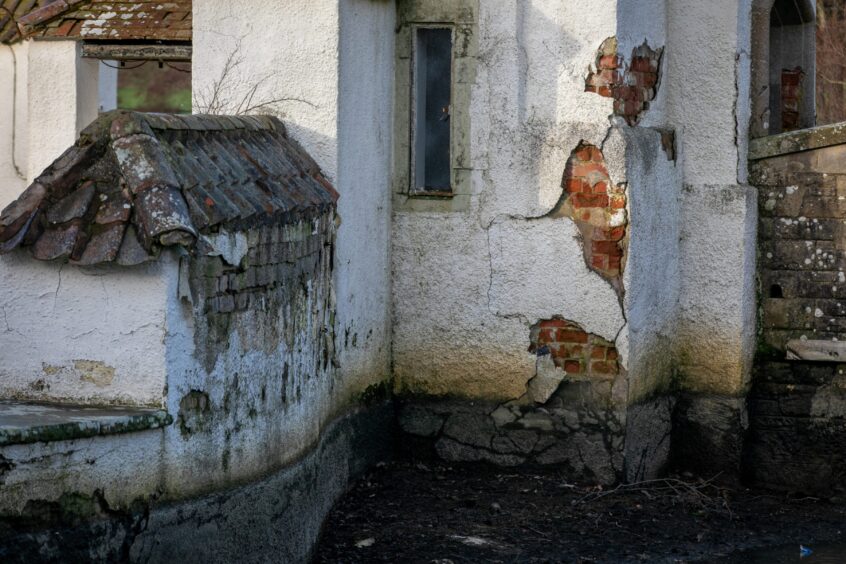
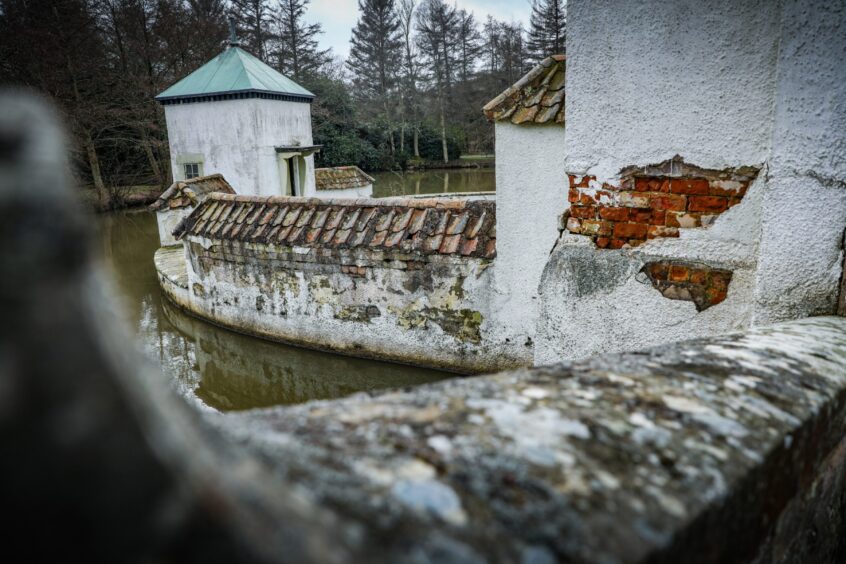
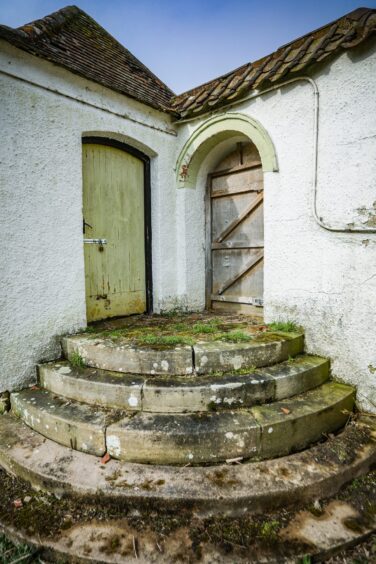
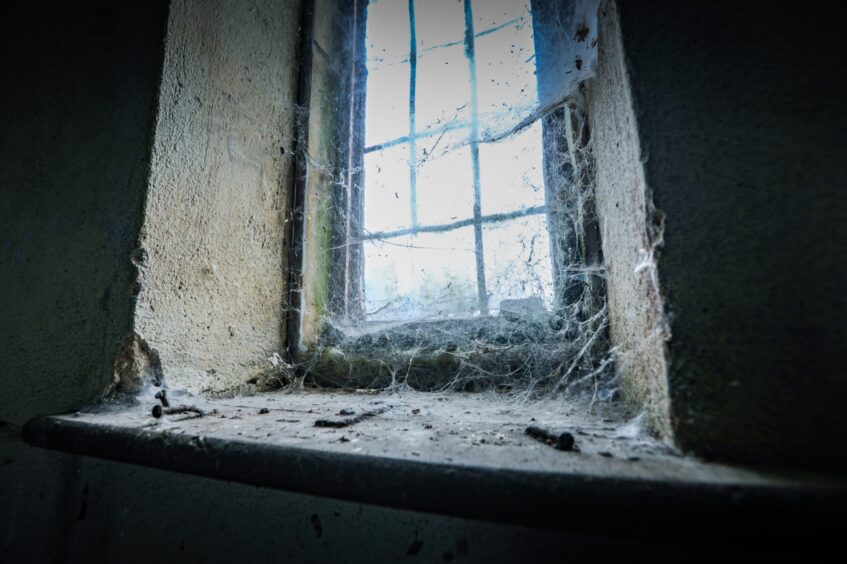
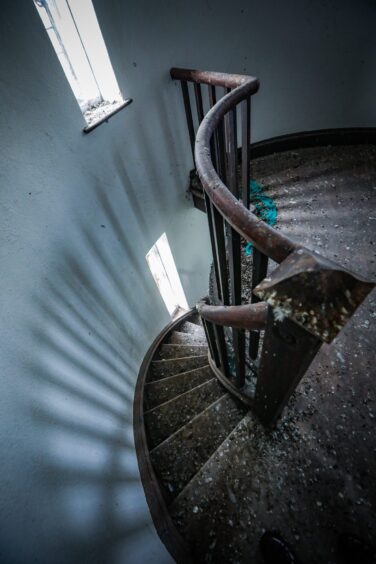
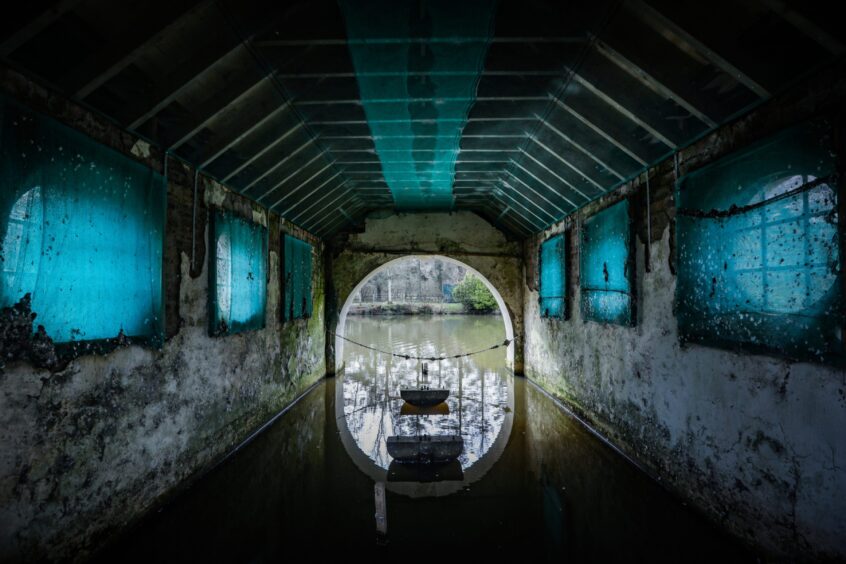
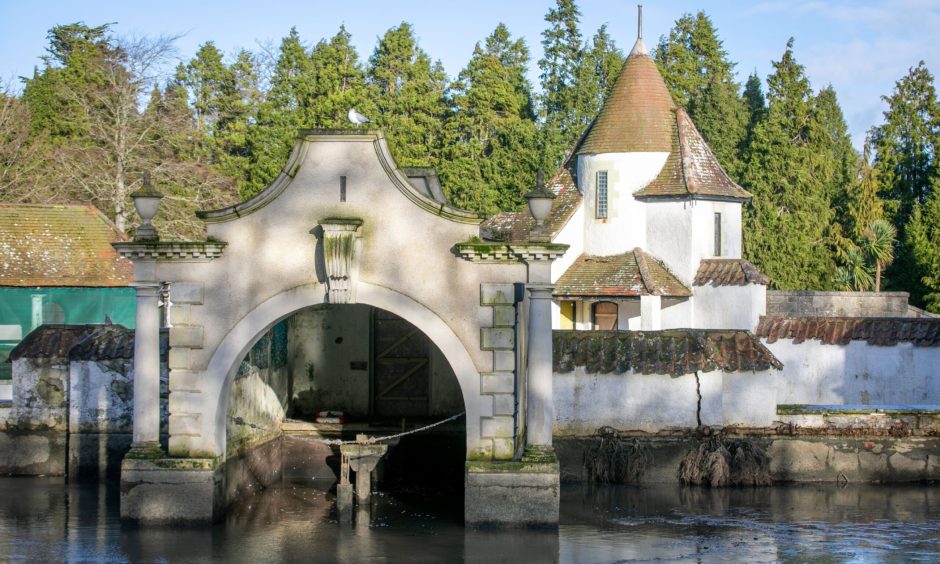
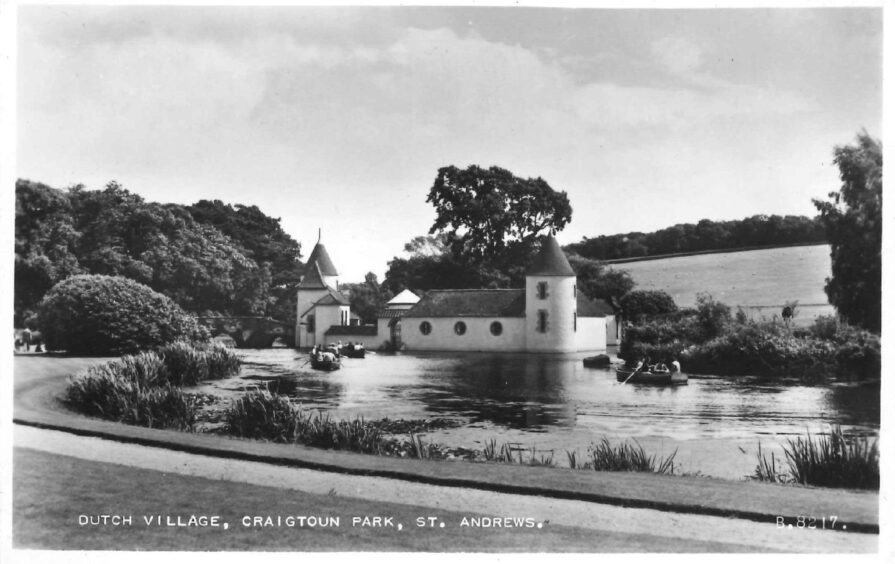
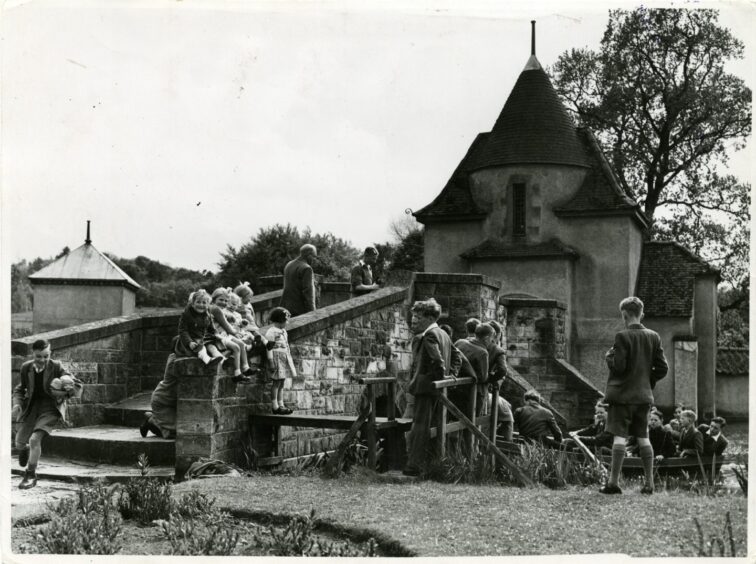
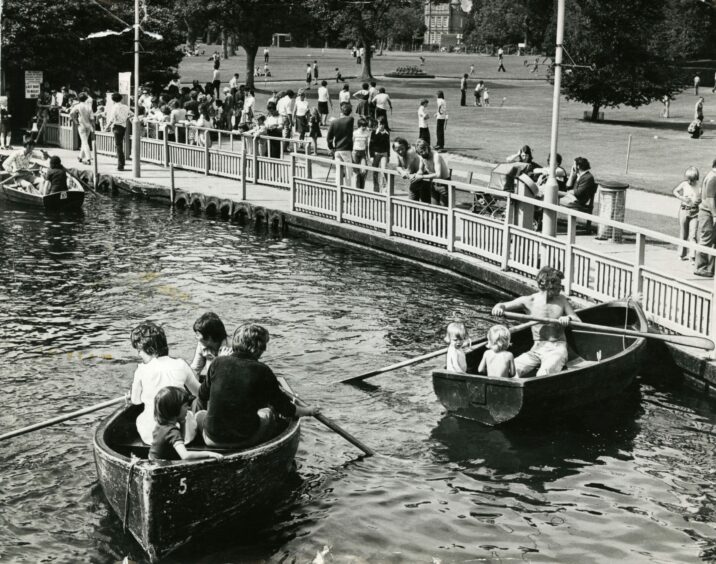
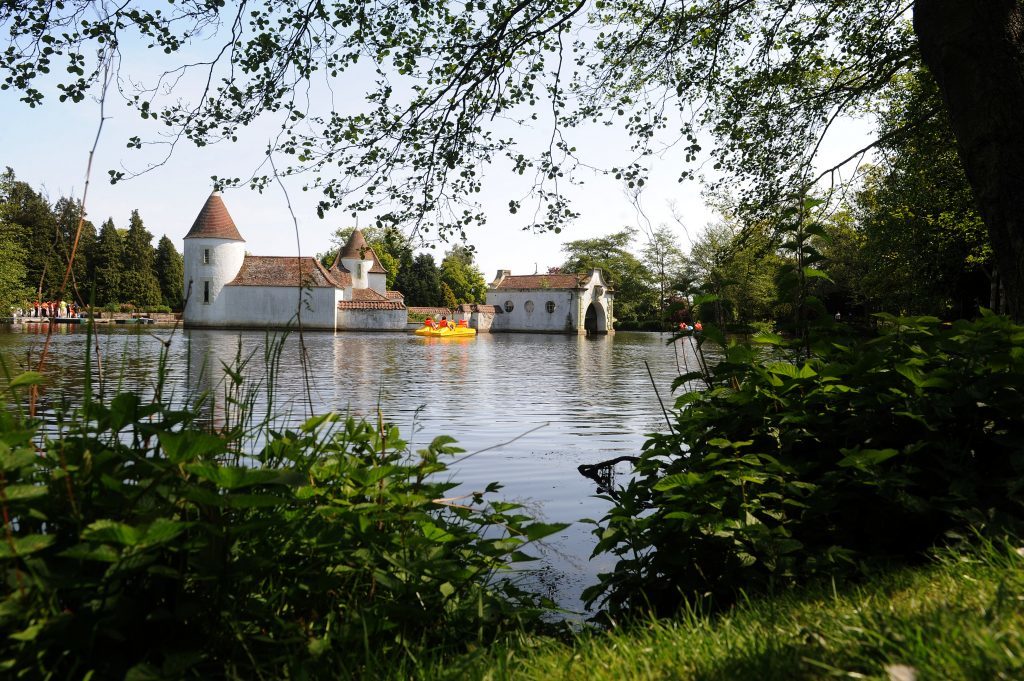










Conversation